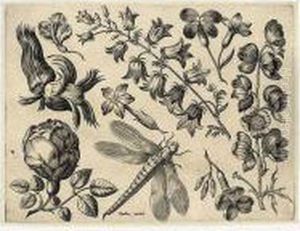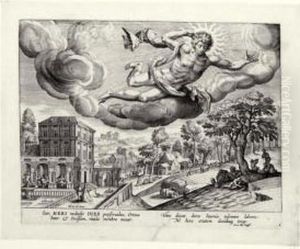Adriaen Collaert Paintings
Adriaen Collaert was a Flemish designer and engraver who was born around the year 1560 in Antwerp, which was then part of the Spanish Netherlands. He was a prominent figure during the late Renaissance period and is known for his detailed and intricate engravings. Collaert was part of a family of artists and was married to the sister of the publisher and art dealer, Philip Galle, who had a significant influence on his career.
Collaert’s work includes a wide array of subjects, such as religious themes, allegories, and landscapes, as well as illustrations for books and decorative prints. He was particularly skilled in depicting animals and nature, which is evident in his series of engravings of fish and birds. These works are notable for their accuracy and the way they reflect the scientific interest in the natural world during the period.
Adriaen Collaert was also involved in producing series of prints that were distributed across Europe, contributing to the spread of the Flemish engraving style. His collaboration with Galle helped to establish a successful print publishing business. Collaert’s engravings were not only appreciated for their artistic value but also played a role in disseminating the ideas of the Counter-Reformation.
His body of work includes contributions to the Icones Principum Virorum, which are portraits of eminent figures of the time, and the Vivae Omnium Fere Gentium Imagines, a series of costume prints that depict the dress and customs of people from different countries.
Adriaen Collaert's death occurred in 1618 in Antwerp. His legacy continued through his pupils and descendants, as his sons, Jan and Hans Collaert II, also became noted engravers. Through his influence, the Collaert family remained an important artistic dynasty in Antwerp for several generations. Adriaen Collaert's works are held in various museums and collections worldwide, and his engravings continue to be studied and appreciated for their contribution to the history of Flemish art.
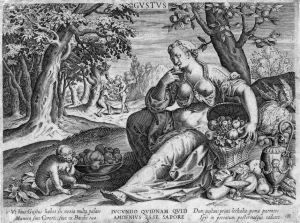
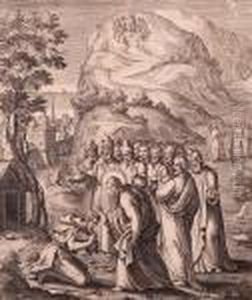
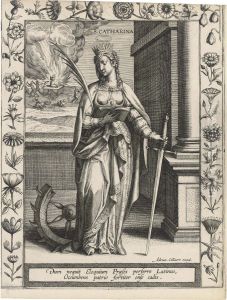
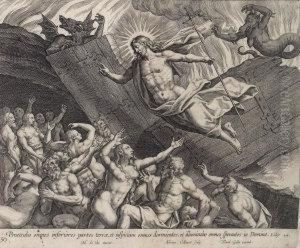
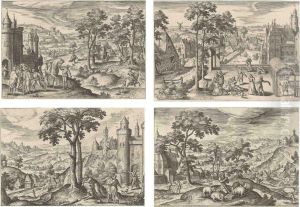
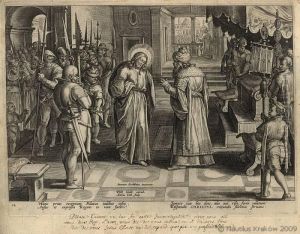
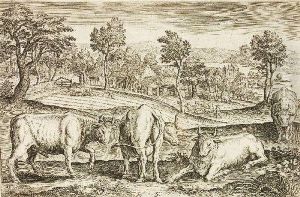
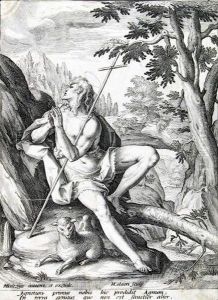
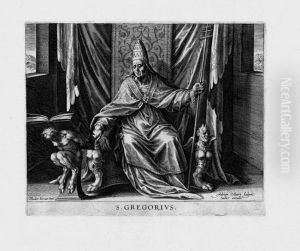
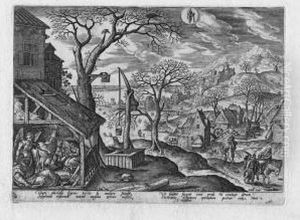
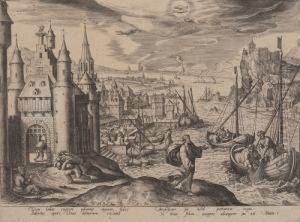
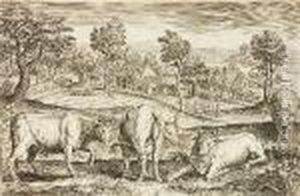
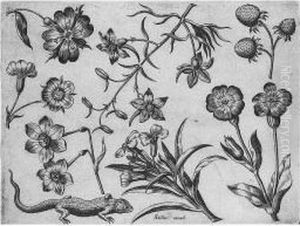
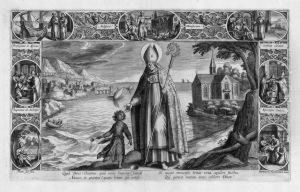
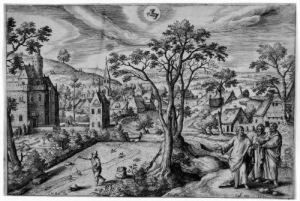
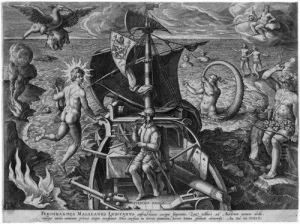
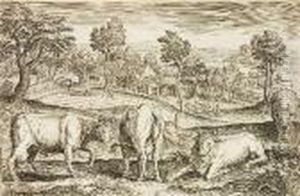
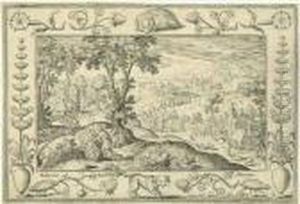
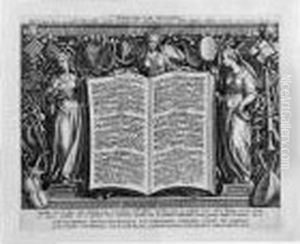
![[venice:] Jacomo Paulini, [ca. 1600]](https://www.niceartgallery.com/imgs/1240265/s/adriaen-collaert-venice-jacomo-paulini-ca-1600-3833aeda.jpg)
